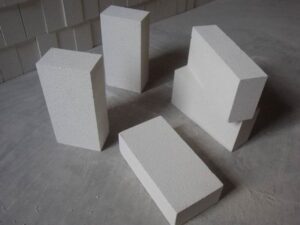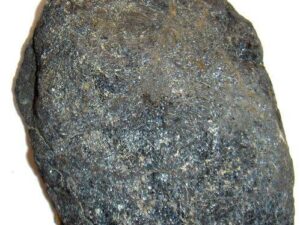Description
Refractory cement is a specialized type of cement that is designed to withstand extreme temperatures, making it an essential material in high-temperature applications. This article will explore the properties, uses, and benefits of refractory cement, providing a comprehensive understanding of this critical material.
Properties of Refractory Cement
Refractory cement has several unique properties that distinguish it from conventional cement:
- High-Temperature Resistance: Refractory cement can withstand temperatures up to 3000°F (1650°C), making it suitable for high-temperature applications such as furnaces, boilers, and kilns.
- Chemical Resistance: Refractory cement is resistant to chemical attacks from acids, alkalis, and other corrosive substances, making it an ideal material for use in industrial settings.
- Thermal Shock Resistance: Refractory cement can withstand rapid temperature changes without cracking or crumbling, which is essential in applications where the material will be exposed to sudden temperature fluctuations.
- Low Thermal Conductivity: Refractory cement has a low thermal conductivity, which helps to insulate the areas where it is used and maintain a consistent temperature.
- Excellent Bonding: Refractory cement has excellent bonding properties, which allows it to adhere to various surfaces, including brick, ceramic, and metal.
Uses of Refractory Cement
Refractory cement is used in a wide range of applications, including:
- Furnaces and Kilns: Refractory cement is used to line the interior of furnaces and kilns, providing a durable and heat-resistant surface that can withstand the high temperatures required for these applications.
- Boilers: Refractory cement is used to line the interior of boilers, helping to insulate the boiler and maintain a consistent temperature.
- Cement Industries: Refractory cement is used in cement industries to line the furnaces and kilns, ensuring their longevity and efficiency.
- Glass Industries: Refractory cement is used in the glass industry to line the furnaces and melting pots, providing a heat-resistant surface that can withstand the high temperatures required for glass production.
- Metal Casting: Refractory cement is used in metal casting to create molds for molten metal, providing a heat-resistant surface that can withstand the high temperatures required for metal casting.
Benefits of Refractory Cement
Refractory cement offers several benefits, including:
- Durability: Refractory cement is a highly durable material that can withstand extreme temperatures, chemical attacks, and thermal shock, making it an ideal material for high-temperature applications.
- Cost-Effective: Refractory cement is a cost-effective material compared to other high-temperature materials, such as ceramics and metals.
- Easy to Use: Refractory cement is easy to use and can be mixed with water to create a workable consistency, making it a user-friendly material.
- Versatile: Refractory cement can be used in a wide range of applications, from furnaces and kilns to boilers and cement industries.
- Long-Lasting: Refractory cement is a long-lasting material that can withstand the rigors of high-temperature applications, providing a reliable and durable solution for industrial needs.
Conclusion
Refractory cement is a specialized type of cement that is designed to withstand extreme temperatures, making it an essential material in high-temperature applications. Its unique properties, such as high-temperature resistance, chemical resistance, thermal shock resistance, low thermal conductivity, and excellent bonding, make it an ideal material for a wide range of applications, including furnaces, kilns, boilers, cement industries, glass industries, and metal casting. Refractory cement offers several benefits, including durability, cost-effectiveness, ease of use, versatility, and long-lasting performance, making it a reliable and durable solution for industrial needs.

















Reviews
There are no reviews yet.